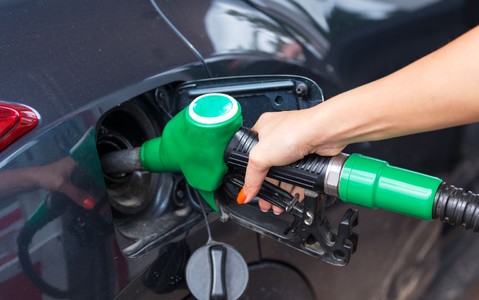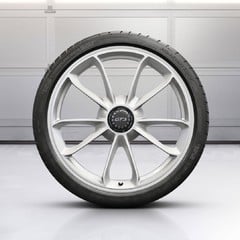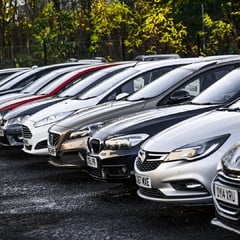10 Ways to Save Fuel While Driving
Simple tips for improving your fuel economy
In recent times, filling up the tank has cost more than ever and it doesn’t seem to be getting cheaper anytime soon. With the price of fuel constantly rising, those of us who drive are starting to feel a pinch at the pump.
The only way to combat the damage to your wallet is to get better mileage out of your current vehicle. In this article, we’ll unearth 10 need-to-know tips to help you drive more efficiently and economically to ease the pressure on your bank account.
Top tips for reducing fuel consumption
1. Keep your vehicle well-maintained
First and foremost, regular maintenance is essential for a fuel-efficient car. This means changing the oil, replacing air filters, and ensuring your engine is in tip-top condition. A well-tuned engine runs more efficiently and, in turn, uses less fuel.
2. Check your tyre pressure
In line with ensuring your vehicle is well-kept, checking your tyre pressure is especially important in reducing your fuel consumption. Underinflated tyres increase rolling resistance on the road and, as a result, slow you down quickly.
Driving with tyres that lack pressure also reduces their lifespan, so refer to your owner's manual to find the most economical pressure for your wheels.
3. Stick to the speed limit
Driving faster than the speed limit not only increases your risk of being fined or having an accident but also consumes a lot more fuel. Research suggests that driving at 70 mph uses up to 9% more fuel than driving at 60 mph, and up to 15% more than driving at 50 mph. Therefore, slowing down is essentially a fastrack to saving a few extra pounds.
4. Drive as smoothly as possible
One of the biggest factors that affects your fuel consumption is how you accelerate and brake. Sudden acceleration and hard braking are known to waste a significant amount of fuel. So if you can master gently working the pedal, you will save plenty of fuel in the long run — not to mention it’s also much safer for everyone on the road.
5. Plan your route
Before you set off on your journey, whether it’s a cross-country drive or just to the shops, it can be a good habit to plan your trip ahead of time. Simply checking the maps app on your smartphone can help you avoid stop-start traffic which is a huge culprit in burning excess fuel.
6. Turn your engine off when idle
Even when you’re sitting still waiting for the lights to change or for a friend to jump in the car, your engine continues to consume fuel. Known as idling, if you’re going to be stopped for longer than a minute, we recommend turning off your engine to conserve fuel — don’t worry about your car, modern engines are designed to handle frequent startups.
7. Coast to slow down
Rather than using your brakes to slow your car, keep an eye on the traffic ahead and preempt slowing down by taking your foot off the pedal and coasting. Not only does this help to save fuel by maximising the use of momentum, but you will also reduce wear and tear on your brakes.
8. Avoid carrying unnecessary weight
Put simply, the heavier your car is the more fuel it needs to use to move. As a result, you should resist the temptation to keep all your belongings in the car for every journey. This could include luggage, tools, and sports equipment.
Don’t forget to remove any unused accessories as well, such as bike and roof racks, as these can increase drag in turn reducing your fuel efficiency.
9. Learn how to use air conditioning properly
Air conditioning is an extremely useful feature for keeping your car cool, especially in the summer. However, it also consumes a lot of fuel. Therefore, try to only use it when absolutely necessary.
As a general rule of thumb, try to drive with the windows open when in and around town and turn the air conditioning on when travelling on A roads or the motorway.
10. Change gears at the right time
For those who drive a manual car, working out the right time to change gears ensures your engine is operating most efficiently. Leave it too late and the high revs will use up excessive fuel. Change too early and you’ll start to lose momentum and slow down.
As a rough guide, you’ll find the best time to shift up a gear for maximum efficiency is around 2000 RPM for petrol cars and 1500 RPM for diesel cars.
Browse our low-mileage, high-MPG used cars
One of the most effective ways to increase your fuel efficiency is to get a car with a better-than-average mileage. Here at 1 Stop Car Sales, we’ve got a huge range of used cars in stock that boast 60+ MPG, so take a look at our online showroom to find your next fuel-efficient used car.









